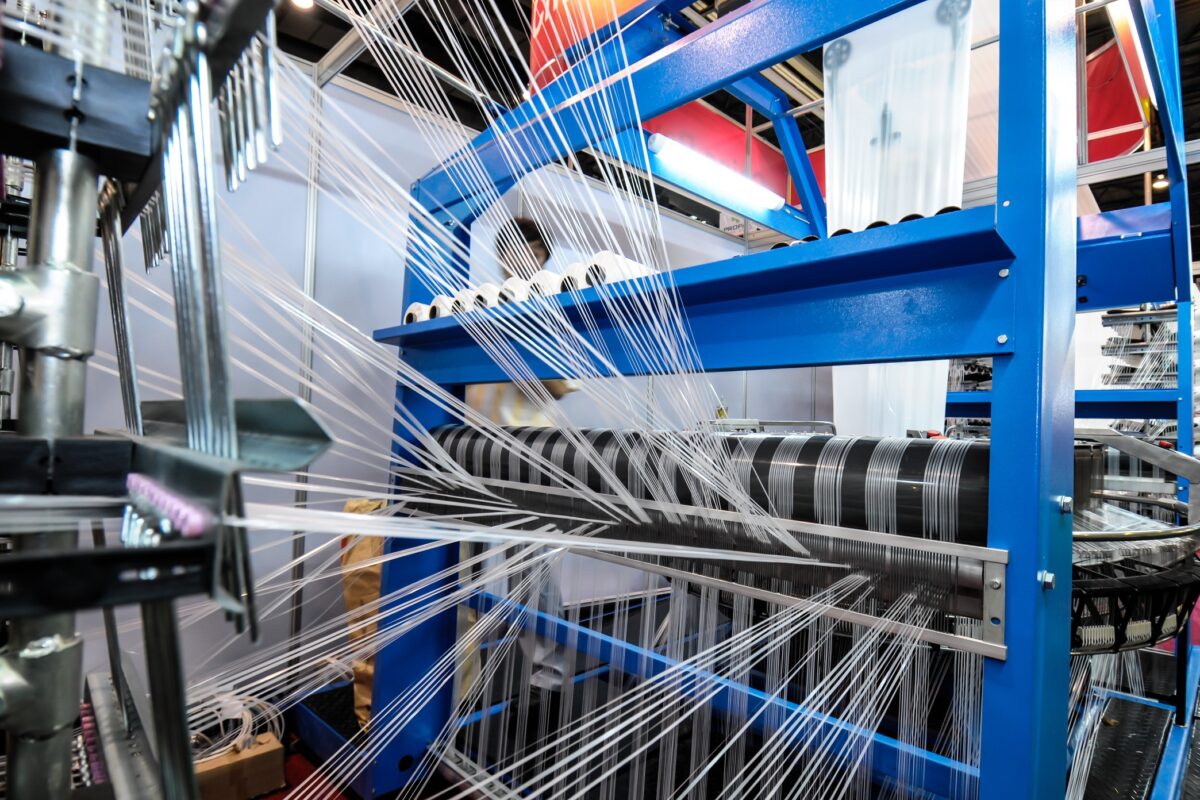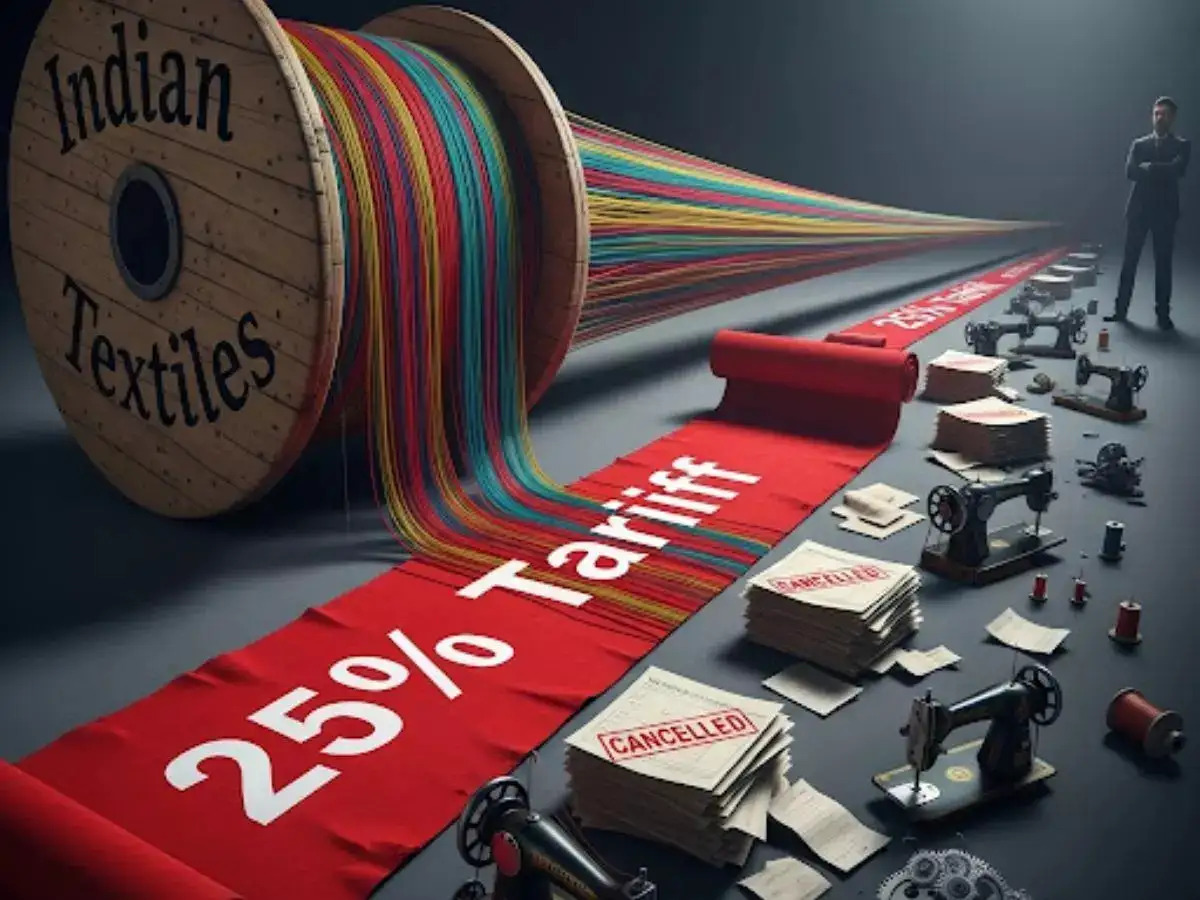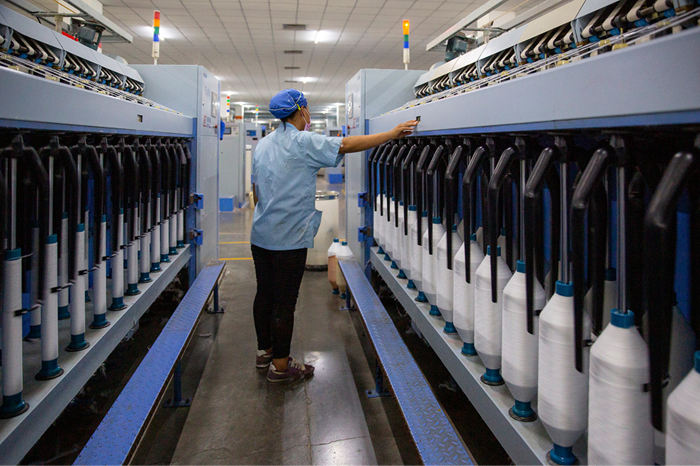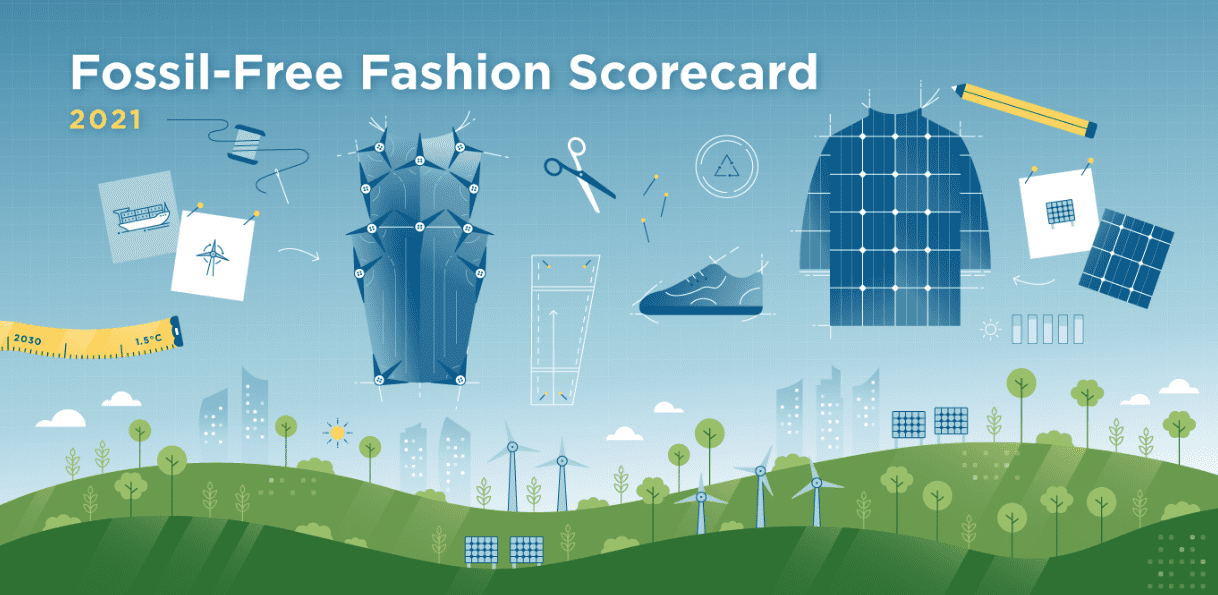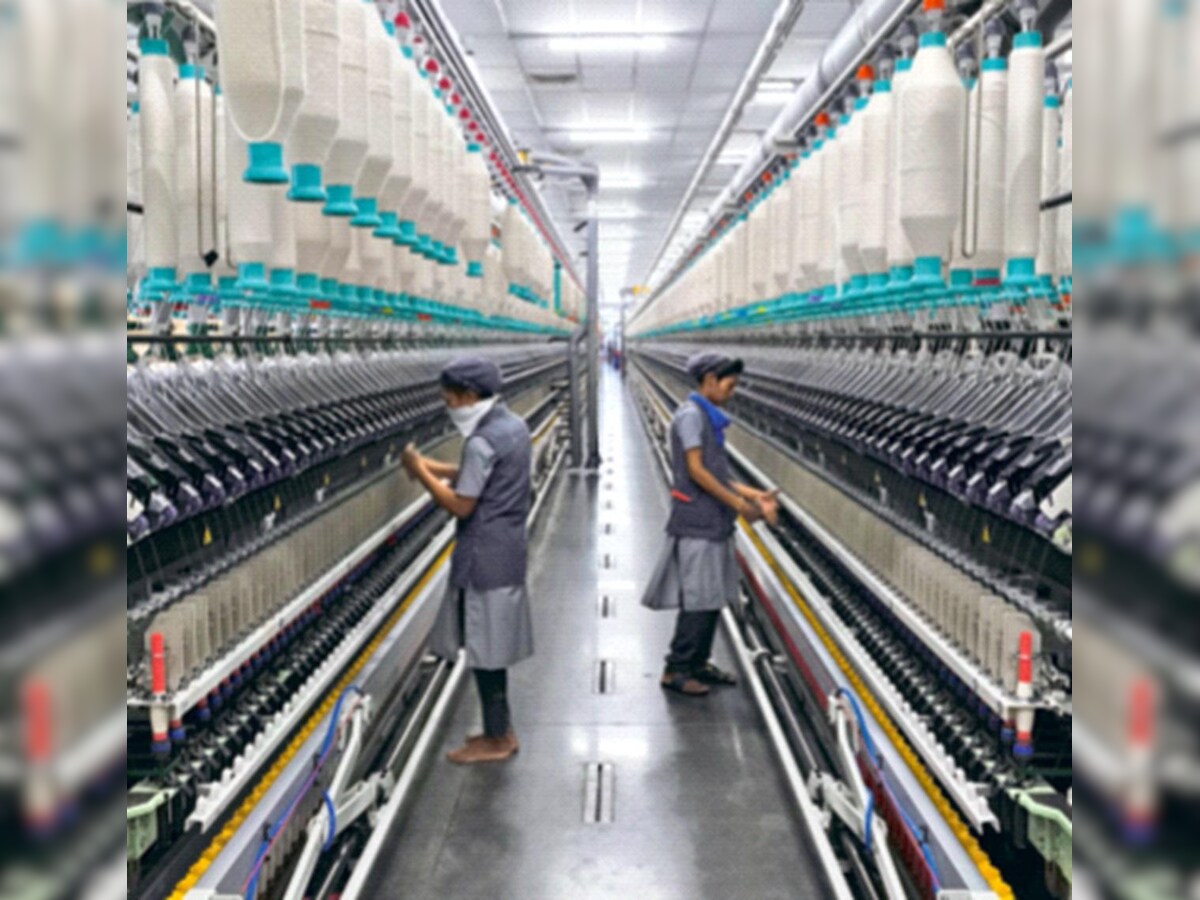FW
More than 60 delegates representing cotton textile leadership in India attended a Cotton USA seminar in Mumbai recently to explore how, in these changing and challenging times, cotton can have an increased role to play in the textile value chain. In his keynote address on Growing the Passion and Spinning the Fashion, the GTN Textiles Group Chairman, B K Patodia, highlighted cotton’s success story primarily comes from the strong linkages among passionate cotton farmers who have passed on a legacy and the spinning mills that have catered to the ever-changing needs of fashion through their innovative approach in spinning.
Representatives of more than 20 prominent textile mills attended along with 12 Cotton USA licensees like Raymond, Vardhman, Welspun, Trident, GTN Textiles, Ambika, Morarjee, etc. In addition, leading domestic apparel brands such as Madura Lifestyle and Raymond, and international brand Ralph Lauren also participated in the seminar. Their participation and views shared as a part of business forums brought new insights and perspectives to the present issues and encouraged more collaboration among textile value chain players.
Levi Strauss is a vocal advocate for environmental protection. It has a Collaboratory fellowship that focuses on ways to reduce the apparel industry’s impact. Each year the Collaboratory focuses on a different sustainability challenge facing the apparel industry. In 2017, the Collaboratory funded water-saving ideas, including projects that expand a natural indigo dyeing facility, create products that are less water-intensive and make wastewater treatment solutions more accessible to small artisan workshops.
This year the theme is climate change. The year-long fellowship will support entrepreneurs and social entrepreneurs to advance innovative ideas for reducing their company’s—or the overall industry’s—climate impact in product design, raw materials, manufacturing or consumer use.
Climate change has devastating effects on the apparel industry, the communities in which the industry operates, and the world at large. By 2025, Levi Strauss plans to manufacture all of its products from recycled cotton.
It would be the first company to do so. Levi Strauss runs a program in five major markets - Japan, the United States, Canada, the United Kingdom and Germany - that gives customers a 15 per cent discount on a new Levi’s item if they donate any old clothes (they don’t have to be Levi’s) to be recycled.
"In a world where supply chains can be extensive, monitoring and ensuring due diligence is no easy task. Before setting out the action plan, one must realise that there is a need to streamline their supply chain operations and technology alone can’t achieve that. Yes, they will assist you in reaching your target right from identifying suppliers that need attention and simplifying audit findings, action management processes to providing capacity building tools to help create a sustainable, effective and resilient supply chain technology."

In a world where supply chains can be extensive, monitoring and ensuring due diligence is no easy task. Before setting out the action plan, one must realise that there is a need to streamline their supply chain operations and technology alone can’t achieve that. Yes, they will assist you in reaching your target right from identifying suppliers that need attention and simplifying audit findings, action management processes to providing capacity building tools to help create a sustainable, effective and resilient supply chain technology. Here’s decoding five ways in which technology can help reach goals:
Identifying risky suppliers
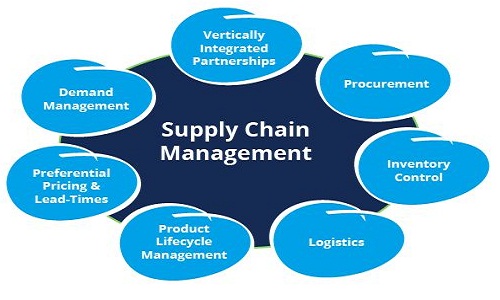
Risk management is one of the key factors that companies need to quickly manage in order to sustain competition. By automating the risk management process, supplier self-assessments and code of conduct surveys, for example, one can reduce the manual administration required. Using a supply chain information management system, suppliers can be automatically screen risks based on their country of operation, products, existing audits, and using pre-existing data. Then the system can simply invite suppliers to respond to questionnaires, and automated emails and summary dashboards follow up with required actions, so you can dedicate more time to engagement or considering alternatives.
Simplifying the auditing process
Agreed that we are yet to see a sound audit of any company, yet it is one of the best toolset for responsible sourcing professionals. Here also technology can play a crucial role in creating, schedulling and conducting audits, in-house or managing third parties. Observations and non-compliances - including images - can be captured on site, even when offline. Data can then synchronise with your systems as soon as the auditor’s device is back online.
Measuring and anticipating carbon footprint
Supply chain holds the forte when it comes to reducing carbon footprints for any organisation. There are software tools which help you determine the carbon footprint of each supplier and calculate your carbon emissions per pound spent. You can also use software to anticipate what the carbon footprint of future purchases might be, and make informed decisions.
Ensuring sustainable sourcing
Tracing suppliers if they are taking sustainable production steps seems next to impossible task. Again, traceability and tracking software and services enable you to do just that. For instance, by creating a map through your supply chain based on batches or lots of the product purchased. These processes draw on other databases – for example, in the timber category checking performance against the Programme for the Endorsement of Forest Certification (PEFC) and Forest Stewardship Council (FSC) sourcing criteria. When risks are identified, you can work with suppliers to resolve any issues before they can actually harm the entire value chain.
Enabling collaboration and building capacity
As Peter Parker once said, with (great) power comes (great) responsibility, if companies continue to hold suppliers to their standards and only audit the results, they definitely fail in the long run. One has to collaborate with partners and suppliers to reap greater benefits and enhance transparency in return. Countries have established capacity building projects to inform, support and nurture developing countries, and companies are realising the need for and benefit of capacity building in their supply chains. Again, education and collaboration is being facilitated by technology. All in all, technology is at rescue for all our problems.
Pepe Jeans has acquired the French fashion brand Façonnable. Pepe intends to carry out a complete overhaul of the Façonnable business, focusing especially on the retail trade. Façonnable was founded in France and it was owned by US department store chain Nordstrom until 2007. Then it was acquired by M1, which itself happens to own Pepe Jeans.
Now that M1 has sold a 100 per cent stake in the French label to Pepe Jeans, Façonnable will still be based in Paris, but the design office will relocate to Barcelona. Façonnable is an international high-end men's and women's tailor founded in 1950. In 2013 Façonnable recorded a turnover of 47.2 million euro with losses for over 30 million euro. The label tried to recover in the last few years, without success. In 2015, Façonnable laid off 96 of its 448 employees.
The brand is still renowned for its smartly cut, continental-flavored men’s clothing — plus the knack for color and elegance. It was once popular as a purveyor of tuxedos for Hollywood stars attending the Cannes film festival. Tailored denim oxfords, classic fit linen sport shirts, lightweight microfiber jackets, and hybrid swim trunks in brilliant colors reflect Façonnable's impressive range.
Façonnable has remained true to its origins with sharp construction and trend-transcending designs. The label launched a women's line in 1995.
Designer Vaishali Shadangule has showcased her label at the New York Fashion Week spring-summer ’17 and at Elle in London.
Her clothing line encompasses contemporary and traditional Indian wear, Indo-western and western wear. Coming from Madhya Pradesh, she has devoted almost two decades to revisiting and reviving Indian textiles and today her label Vaishali is working in the areas of experimentation and exploration of Indian textiles.
She has produced and presented 16 successful collections at events like Wills India Fashion Week, Delhi and Lakmé Fashion Week since 2011. Her label’s mission is to bring traditional hand woven textiles into the mainstream market through innovative ideas. A glamorous, modern silhouette is melded with honest loom fabric and sprinkled with the fragrance of soil from distant Indian villages. Her creations are wearable souvenirs.
She challenges herself every time by choosing a new traditional textile from different states of India. She has successfully experimented with textiles like chanderi, maheshwari (Madhya Pradesh), paithani, khand (Maharashtra), khadi, jamdanis and tangails from West Bengal and presented them in her collections.
Besides designing for her label, she also has licensed her designs to retail houses. The designer will showcase her collections at Goa Couture Fashion Night 2016, November 27.
Whether or not TPP becomes a reality, Vietnam will pursue other free trade agreements and create opportunities for its companies to fuel economic growth. It is possible that the US, after the elections, will put an end to the Trans Pacific Partnership. If the TPP agreement is implemented, it will bring benefits many sectors in Vietnam. The country’s key export products like textiles, garments, footwear, and seafood would gain a breakthrough in export value to the US, Japan and Canada. On the other hand, if the TPP is not approved, Vietnam still has other export markets.
Vietnam has concluded FTAs with the European Union and the Eurasia Economic Union. Vietnam and other Asean nations are working toward the Regional Comprehensive Economic Partnership. In addition, members of the Asia Pacific Economic Cooperation forum are negotiating a free trade agreement in the region.
In all 10 FTAs along with Vietnam as a signatory have come into force. So with or without TPP, Vietnam’s economic policy toward international integration will remain unchanged. In fact, before negotiating the TPP, Vietnam had taken part in multilateral organisations such as the World Trade Organisation. The domestic business environment has been improved and the nation has stepped up investment restructuring, encouraging the private sector and strengthening the management of public debt to pursue sustainable growth.
The Union government is keen to promote technical textile, increase research and development in the segment and attract investments. This is the view of Union minister of textiles Smriti Irani. She says while technical textile has huge scope for growth in India, R&D needs to improve. She also invited suggestions from the industry so that the government can discuss the issues for right policy action.
Irani lamented she hasn’t got suggestions from any segment of the industry except for Jute. She stressed that her ministry was ready to discuss issues and find a solution. The minister was addressing about 400 delegates in Jaipur for the annual conference of International Textile Manufacturers Federation (ITMF).
Meant for non-consumer applications, technical textile is used in host of industries like construction, automobile, healthcare, and packaging. On a suggestion from delegates that the government should bring in regulation to push various sectors of the industry to use technical textile, the minister said the industry doesn't grow in an atmosphere where there is lot of control.
She said if R&D was not productive, the industry will be isolated. R&D would be fruitful if it is backed by industry. But, she rued the fact that some sections of the industry felt there needs to be cross-sector engagement to promote technical textile. She also came out with the fact that due to rise in wage cost in China, lot of manufacturing capacity have been shifted to countries like Vietnam, Bangladesh and Cambodia.
The clothing industry is an environmental disaster. Acrylic, a common ingredient in workout clothes or dresses, for example, is derived from petroleum, as is nylon. Petroleum is derived from crude oil, i.e. fossil fuels, meaning they are not sustainable.
The further we move away from natural fibers like cotton, which are more expensive and water-intensive to grow and process, the more we wear toxic clothing. Scientists and entrepreneurs are constantly introducing new ways to create fabrics and clothing. The future of clothing is about spider silk, recycled waste or algae.
Spiber is a Japanese company that makes materials using spider silk. Spiber has been working on prototype clothing using its product, including a collaboration with North Face on a jacket. Spiber isolates proteins from spiders and then synthesizes fibers in a laboratory through a process of fermentation using sugars and microbes and then a spinning process that turns the polymers into threads.
Adidas is using bio fabrics similar to spider silk to make breathable sneakers. The company has introduced the world’s first major bio fabricated shoe. To make the shoes, Adidas worked with Amsilk, another German company. This is a material made up of synthetic proteins, designed to produce the same toughness as natural spider silk.
To come to a conclusion as to what women around the world think of finding a pair of jeans isn’t an easy task. This was the subject of a panel discussion at the 2016 Initiatives in Art & Culture (IAC) fashion conference held in Manhattan.
While discussing the topic, Invista Global Director Jean Hegedus presented a new quantitative study conducted by them to examine the denim habits of women world over. The study, conducted for Invista by 2CV Research, talked to thousands of women across five countries including Brazil, China, Germany, and the United States, on the role denim plays as far as their wardrobes are concerned.
While the findings of the study were vastly different around the world, there were a few constants. Women in every country love denim. It was found out that the average woman owns eight pairs of jeans, with women in Brazil owning as many as nine pairs on average.
Well, this doesn’t mean that she wants to wear jeans all the time, though, with most women reporting they prefer to wear jeans around the house, except in China, where denim is preferred. To average American women, jeans are the pant of choice for running errands, while in China it is just the opposite with most women there preferring leggings for running about.
All across the world, close-fitting jeans proved most popular with only Brazillian women preferring straight silhouettes. Despite talk about the days of the skinny jeans gone by, Invista’s survey found that most US women still prefer skinny jeans above straight-leg styles.
As per the study, only 52 per cent of women around the world described buying jeans as ‘easy’ and in the US and Germany this was far less, with only 42 per cent of American women and 30 per cent of German women saying buying a pair of jeans is rather easy. On this subject, China was the sole exception where 75 per cent of women said buying jeans was easy.
Bangladesh has emerged the second largest apparel exporting country after China and has an annual export turnover of around $30 billion. Accordingly, Bangladesh requires huge quantities of textiles, particularly fabrics, to cater to the requirements of its apparel industry. However, since the country doesn’t have a good back-up for producing the necessary raw materials like fabrics needed for making garments on its own, it is largely dependent on sourcing the fabric materials from different centers in the world including India.
The leading markets from which Bangladesh sources its requirement of fabrics include China, Thailand, Taiwan, Hong Kong, India, South Korea, Indonesia. Bangladesh was the fourth largest market for Indian manmade fibers during 2014-15. It imported around $4 billion worth of manmade fibers during 2014 of which India’s share was around ten per cent. Bangladesh sourced around $2 billion worth manmade fiber based fabrics during 2014 of which India’s share was 11 per cent.
Indeed, there is a great opportunity for Indian manufacturers and exporters of fabrics in Bangladesh market. The main items of export from India include polyester filament fabrics, nylon filament fabrics, saris, furnishing articles, laces, mufflers etc. Bangladesh hopes to double its apparel export earnings by 2020.




